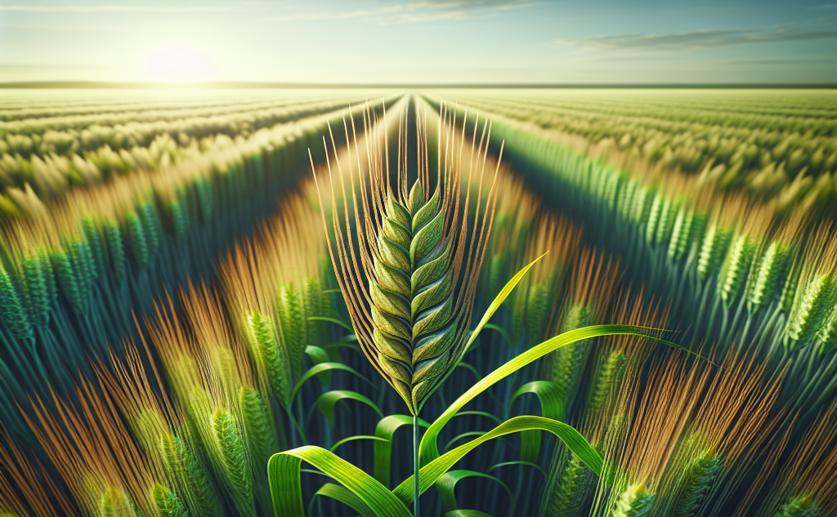
New Technique for Detailed Wheat Leaf Modelling in Fields
Jim Crocker
4th February, 2024

Image Source: Natural Science News, 2024
AgricultureBiotechPlant Science
References
Main Study
1) Completing the picture of field-grown cereal crops: a new method for detailed leaf surface models in wheat.
Published 3rd February, 2024
https://doi.org/10.1186/s13007-023-01130-x



 27th January, 2024 | Phil Stevens
27th January, 2024 | Phil Stevens